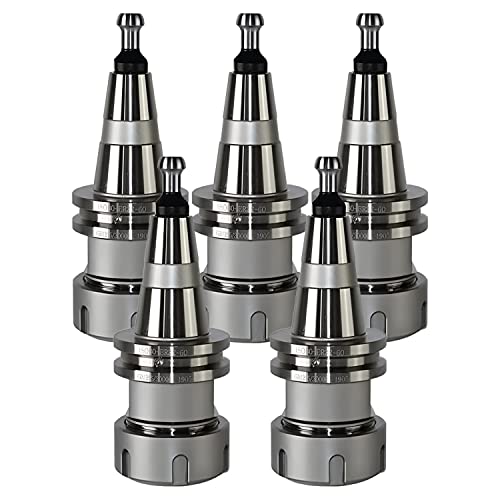Ken,
I left off the cooling fans because I thought the engine looked better without them. I didn't plan to run the engine for extended periods of time as, evidently, Jerry Howell did at shows. My fuel tank will hold about 1 to 1-1/2 minutes of fuel and I generally only make a couple runs at a time while playing with it and then let it cool down. When I started the project I didn't expect I would run it very much but I've been having fun with it, changing things, making adjustments and in general learning about these small engines. The big flaw, though, in not having the cooling fans is this. I'm running the engine off methanol which is what Jerry recommended and what he did. He said the 53 octane of Coleman camp fuels, etc wasn't high enough for this engine and he had heard detonation when he tried it. One big pro about methanol is that it has alot of hydrogen and little carbon. This makes it clean burning but the high hydrogen content means more water produced during the combustion process. This means more water vapor condensing in the crankcase from blow-by. Without the fans to let me run for extended periods of time in order to heat up the oil in the crankcase sufficiently to drive off the condensation I've been maming frequent oil changes- like evry 10-15 minutes of running time. There are alot of fine oil passages in the block that I don't want to clog with sludge and I'm also concerned about corrosion in the bearings and other steel/cast iron parts. Another issue with pure methanol that I stumbled upon while trying to start the engine in my cold garage one evening to show my daughter, is that methanol has low volatility at cooler temperatures. And below about 60-65F the engine is very difficult to start. After it warms up there is no problem. And so I found that I could blend 20% of either Coleman camp fuel or Naptha with the methanol and the cold start problem went away and the engine appears to burn as cleanly as it did with pure methanol. Then I noticed the silicone fuel lines that I was running swelled about 30% over night with this mix in them and so I switched to Tygon and that problem went away. I was really fortunate that the engine started up the first time, and then these other issues happened later when I could work on them one at a time. I also replaced the o-rings in the carburetors with viton as they had also swelled some even with the pure methanol. I thought I had Nitrile o-rings in there but now I thing they were just rubber. That greatly improved the high end throttle response. I'm trying to learn as much as I can with this project so I can go into my next project (Howell V-4) much better informed. That one will be liquid cooled and I'll plan to run that one for extended periods of time. - Terry




![DreamPlan Home Design and Landscaping Software Free for Windows [PC Download]](https://m.media-amazon.com/images/I/51kvZH2dVLL._SL500_.jpg)


